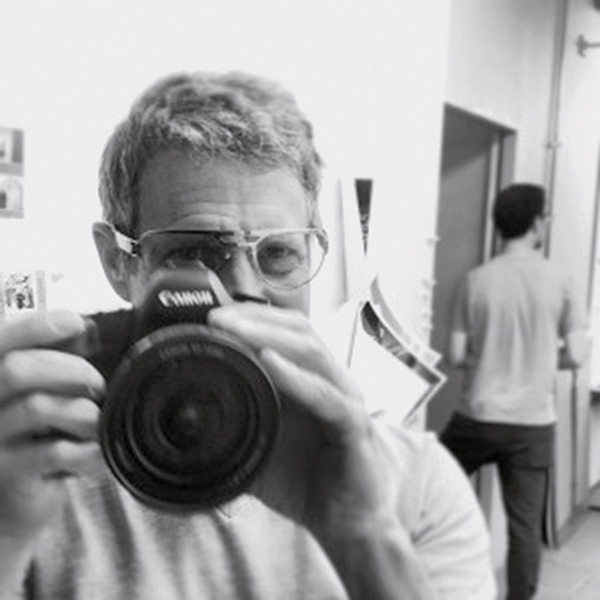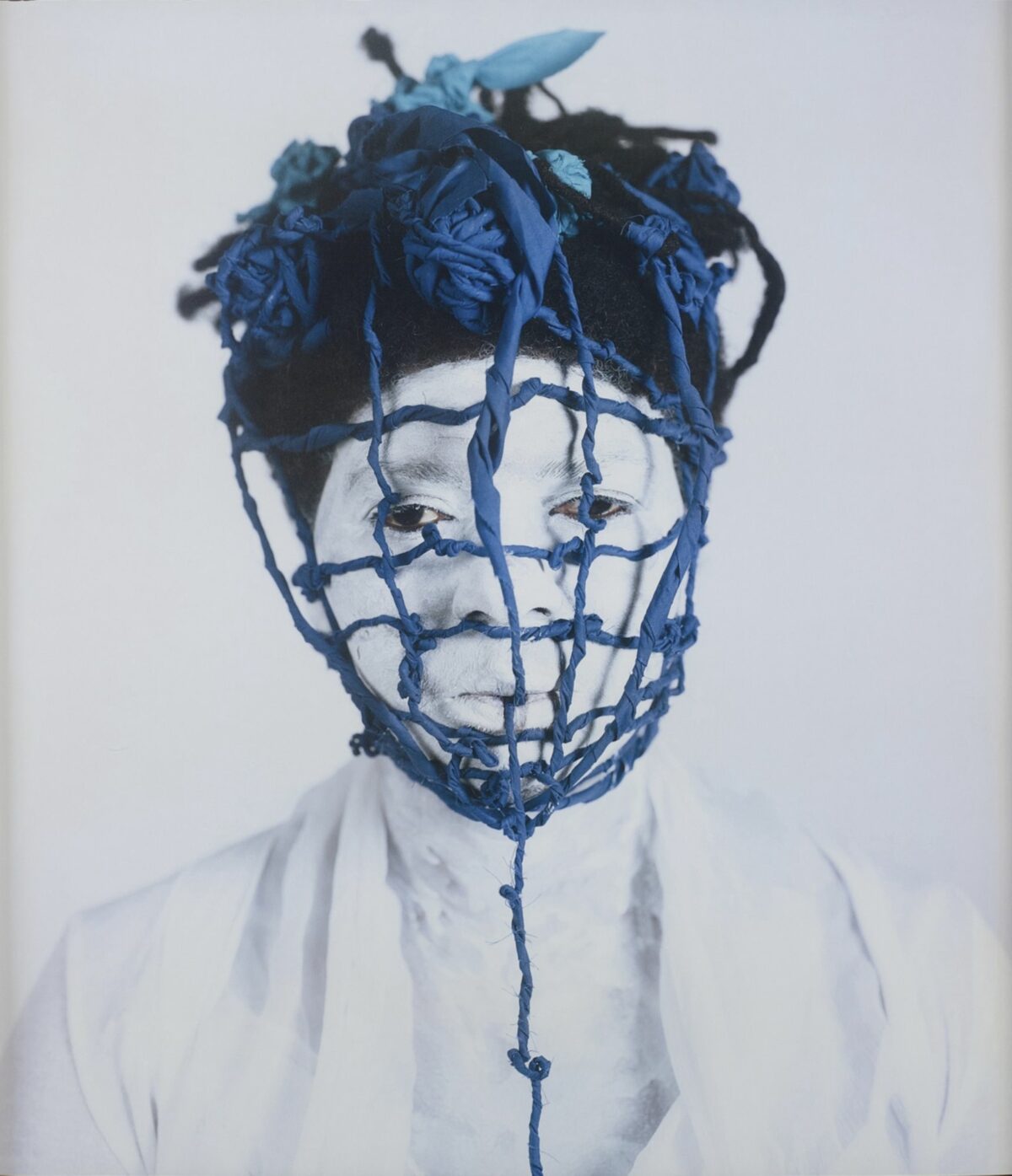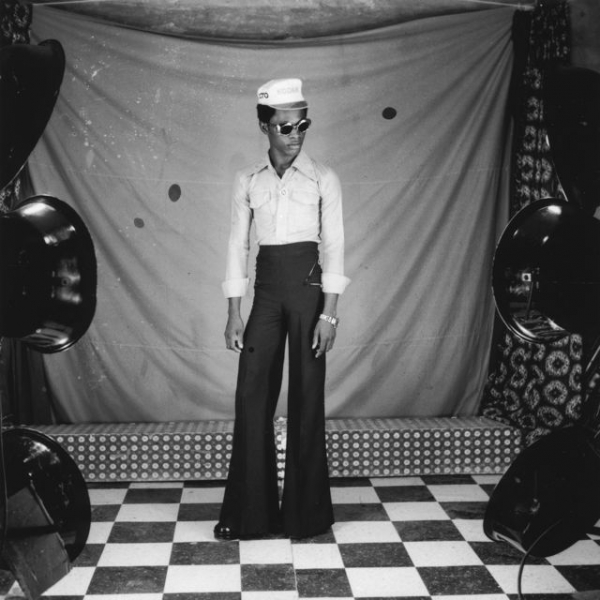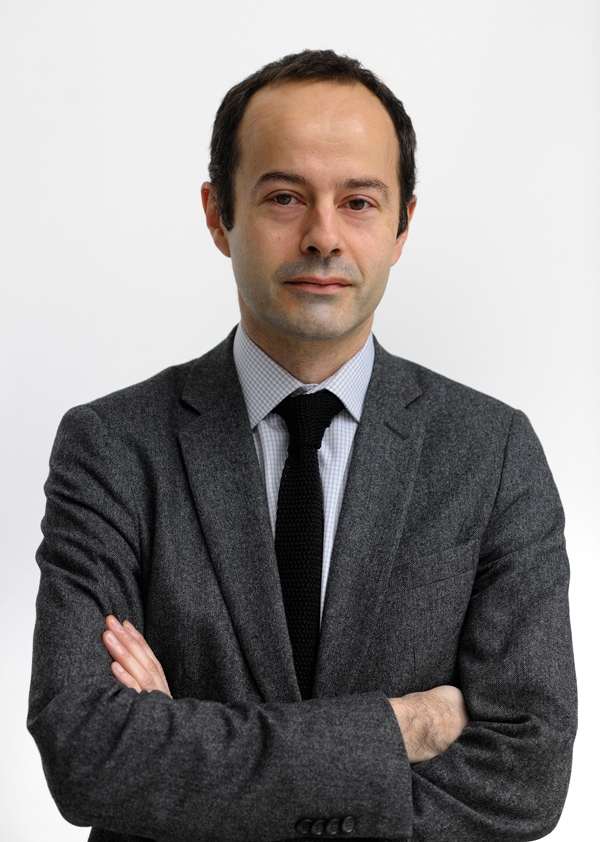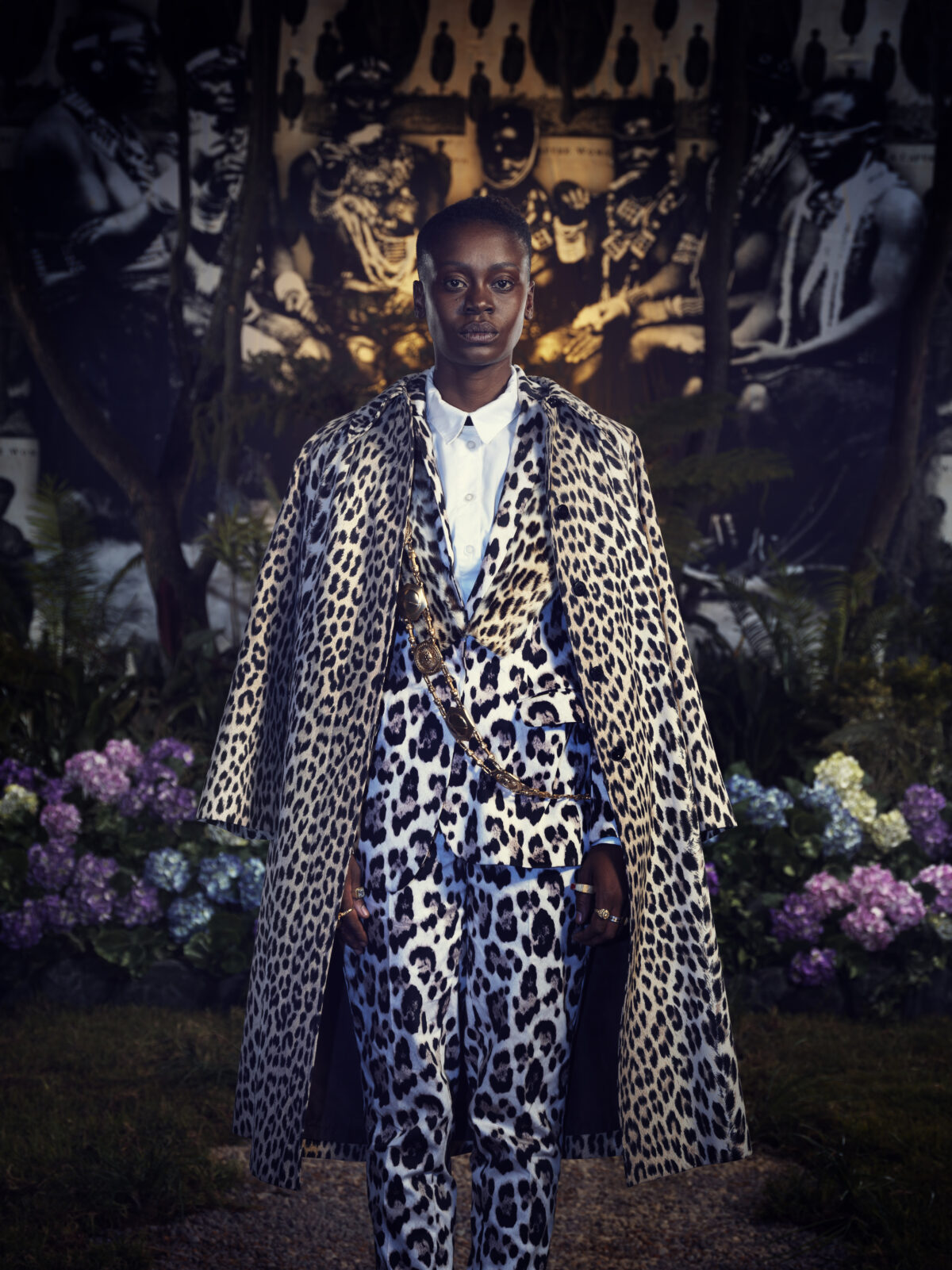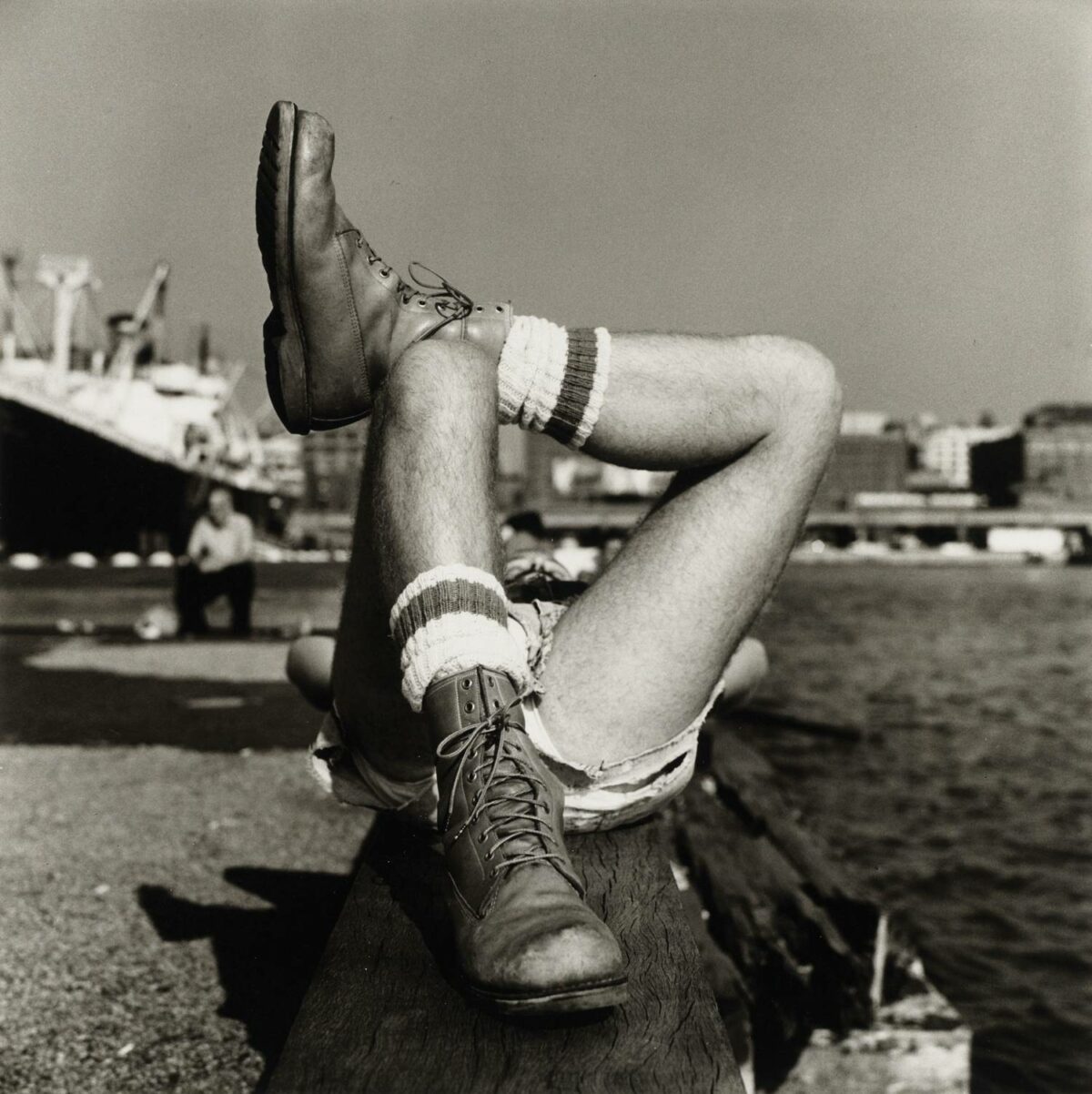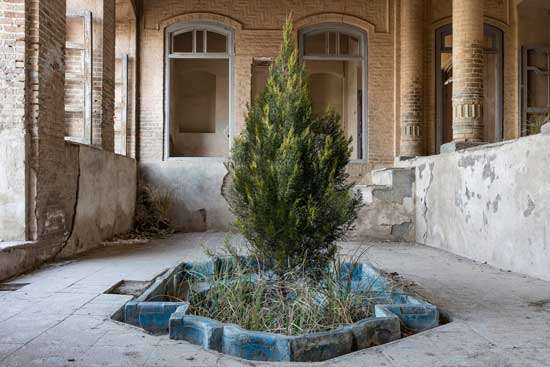

Garrett Baumer photographs places that have never been photographed before. That’s because they don’t exist: he imagines scenes, then builds minutely scaled sets that are constructed around the end of his lens, a technique he’s devised to construct the imagined place through his viewfinder without ever moving the camera. The mini-sets range between one and four feet in size and are lit using strobes and gels. A former theater stage technician, Baumer favors construction tricks over digital ones to achieve the look he is going for – a world that appears to be in a constant state of emergency.
The series, begun in 2012, grows by about one image per month, if the materials cooperate. Baumer describes the scenes as “security environments:” hyper-militarized zones and restricted back rooms, all gleaming with the futuristic sheen of secret technology projects. There, alarms seem to be ringing all the time. Though unpeopled, panic pervades. They’re all-systems-go.
It’s science fiction, of course. Baumer’s simulated rooms are based on his research into real and mythological interiors such as war rooms and covert Area 51 labs. Few have entered such spaces but we all seem to understand how they could look. Baumer enjoys visualizing those archetypes because they can be so ambiguously factual. He cites Gregory Crewdson and 1970s Star Wars illustrator Ralph McQuarrie as influences.
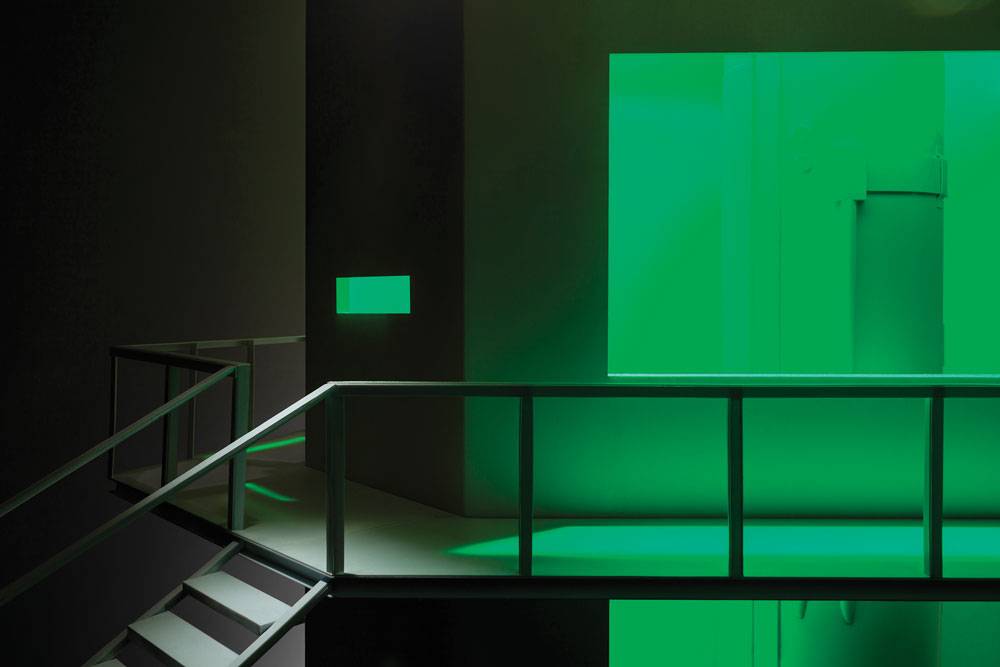

Each image begins as a rough pencil sketch of a scene from his imagination. To build his small sets, he never uses toys, or what he calls “hobby shop stuff.” Rather, one can find Baumer in the aisles of various home-improvement mega-stores, courting chance encounters with raw materials. Electrical outlets are selected because they resemble institutional windows, for instance, and some anonymous metal tubing becomes a possible vessel for nuclear refuse. Using low-tech means to fabricate high-tech scenes, Baumer succeeds at reducing an ominous world into a tiny, handmade one.
“I grew up in front of the television,” he says, adding that he also accompanied his mother regularly to her job at a video store, and he got to take home dozens of movies at a time. Kubrick reigns in his memory. “When I became a photographer I was watching more film than anything,” he says, which accounts for the keyed-up cinematography of his scenes. But, he insists, the magic of his photographs happens on-set, not on-screen.


